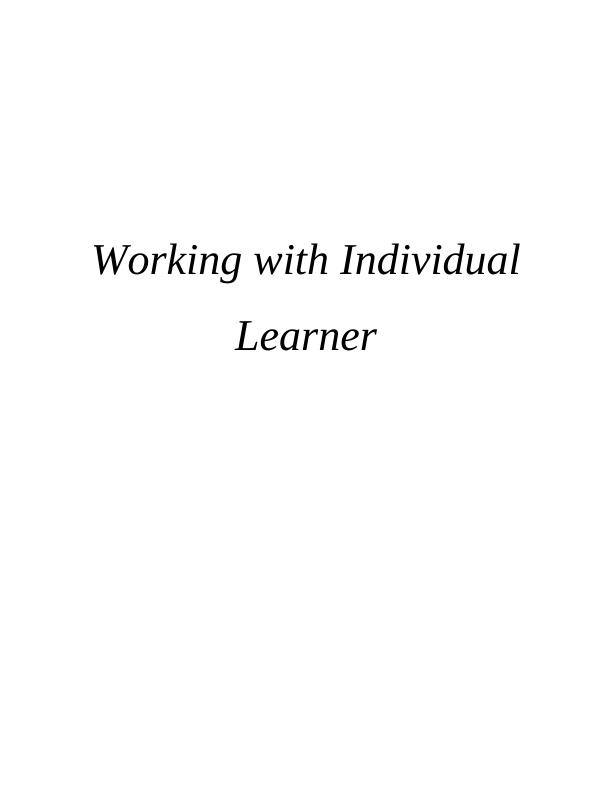Strategies to Help Students and Role of Mentor
17 Pages5203 Words3 Views
Added on 2023-01-06
About This Document
This document discusses the similarities and differences between teaching, coaching, and mentoring. It also explores the responsibilities of a mentor and the effectiveness of mentoring in helping students achieve their goals. The document further reviews the processes involved in one-on-one coaching, mentoring, and teaching and their emotional, intellectual, and social benefits for students. Additionally, it identifies five strategies used by mentors to help students and explains the reasons for selecting these strategies.
Strategies to Help Students and Role of Mentor
Added on 2023-01-06
ShareRelated Documents
End of preview
Want to access all the pages? Upload your documents or become a member.
Working with Individual Learners: Responsibilities of Mentors, Coaches, and Teachers
|16
|4915
|446
Strategies for Helping Students in Individual Learning
|15
|5065
|2
Strategies for Helping Students in Individual Learning
|15
|5159
|6
Mentoring, Coaching and Teaching - Responsibilities and Strategies
|16
|5219
|254
Teaching, Coaching, Mentoring: Similarities, Differences, and Strategies for Student Success
|19
|5639
|113
Role of Teaching, Coaching, and Mentoring in Mentee Development
|20
|7480
|1




